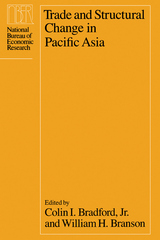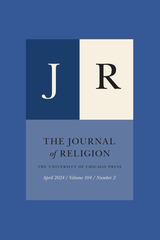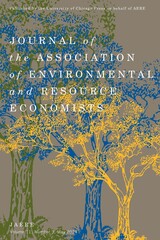
Studies on the economics of technological change have only recently become prevalent; nevertheless, the literature is already proliferating at a rate that makes assimilation difficult for the individual scholar. Anne Carter's volume brings to the vast material on production analysis, growth, and economic development the perspective and insights gained through the examination of intermediate inputs and the explanation of structural change in input-output coefficients.
“The present study,” writes the author, “is rooted in the premise that an explicit analysis of changing intermediate input requirements adds more to insight than it does to confusion—particularly in the understanding of technological change... Many practical problems of business and government require an understanding of how, and at what rate, use of plastics or truck transportation or producers' services is changing. Indeed, it is difficult to conceive of studying some central aspects of technical change—such as invention or diffusion of new techniques—without introducing specific intermediate inputs... These are an essential part of the picture. They turn up as variables in questions and answers about our economic system that cannot be discussed at a highly aggregate level. Most important, they are indispensable in bridging the gap between engineering and technical information, on the one hand, and economic description, on the other.”
This work assembles comparable input-output tables for 1939, 1947, and 1958 along with auxiliary information on labor, capital, and final demand for 1939, 1947, 1958, and 1961—data that have not in the past been readily accessible to most students and business analysts. Graphic forms of presentation liberally supplement the basic tables. The study shows how technological change has affected industrial specialization, as well as direct primary inputs, and how these components of change are interrelated. The overall proportion of intermediate to final production saw little change, but systematic shifts appeared in the relative contributions of individual industries. Most structural change resulted from the assimilation of new techniques rather than from classical substitution and, in general, direct laborsaving was large relative to changes in capitol and intermediate requirements.
Carter's study is the first to pursue the question of structural stability and structural change for the United States in detailed, comprehensive, quantitative terms, tying concrete developments in technology to the broader economic picture.

Themes in the research reported here includes the sectoral composition of output and trade; rates of structural change in production and exports and their relation to economic growth; the effect of abundant resource endowments on industrialization and manufactured exports; the nature of the mix between active government policies and market forces; and the balance between demand-determined and supply-determined industrialization and exports. Many of the issues explored have important implications for United States foreign economic policy, and the volume includes a look at the basic economic and political forces influencing shifts in United States trade policy in the postwar period.
A timely and informative analysis, the volume probes the causes and consequences of economic growth in Pacific Asia, focusing on the interaction of exports of manufactured goods and the developmental process. The results reported contribute to ongoing research in structural change and economic policy and will be important to economists working on empirical patters in international trade and the process of economic development.
READERS
Browse our collection.
PUBLISHERS
See BiblioVault's publisher services.
STUDENT SERVICES
Files for college accessibility offices.
UChicago Accessibility Resources
home | accessibility | search | about | contact us
BiblioVault ® 2001 - 2024
The University of Chicago Press









